When planning to climb the world’s tallest freestanding mountain, one of the most important decisions to make is which tour operator you will use. You cannot climb Mt. Kilimanjaro on your own. Tanzanian law states that you must trek with at least one guide and a number of porters to help carry your tent, food and other supplies.
It is crucial to select a responsible Kilimanjaro tour operator for your trek. A responsible Kilimanjaro tour operator will ensure you are getting up and down the mountain safely and ethically.
When climbing Kilimanjaro, I heard a harrowing story of a previous climb. There was a guide from a budget operator frantically asking other guides for oxygen because one of his trekkers was in trouble. By the time someone reached the trekker with oxygen, it was too late, and there was nothing to do but call a helicopter.
This story highlights why selecting a responsible Kilimanjaro tour operator is so important. An irresponsible operator will try to get their trekkers up to the summit at all costs while typically doing the bare minimum (or less) to ensure survival. Fatalities on Kilimanjaro are rare and typically occur because trekkers are not being well-monitored for signs of acute mountain sickness.
A responsible Kilimanjaro tour operator will put their trekkers’ health and safety above everything else – including summiting. Their guides will be trained to spot and treat signs of altitude sickness, administer first aid and will make their trekkers turn back, if necessary. They know the mountain will always be there, but you only have one life.
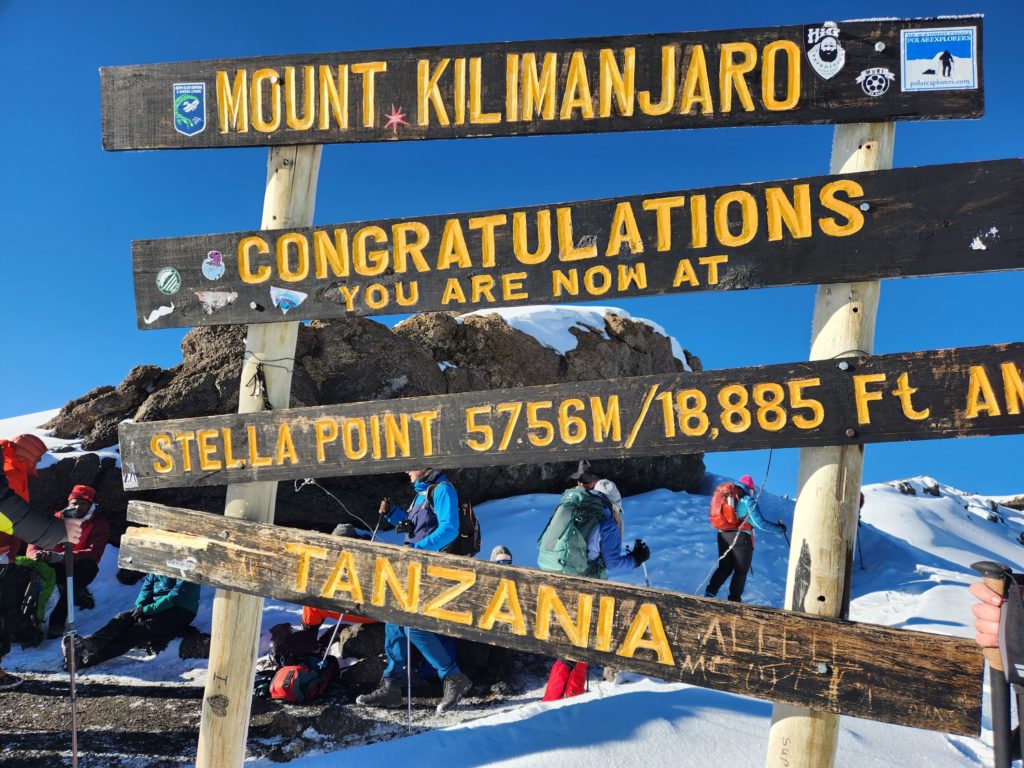
With that said, the process of selecting a responsible Kilimanjaro tour operator can be quite overwhelming.
There are dozens of responsible companies from which you can choose. I spent hours researching operators before finally selecting Gladys Adventures based on a variety of factors. And they were perfect for me. But what’s right for me may not be right for you.
So here is my advice on how to choose the responsible Kilimanjaro tour operator that suits your needs.
Use a KPAP Member Operator
When looking for a responsible Kilimanjaro tour operator, the first place to start is Kilimanjaro Porters Assistance Project (KPAP). KPAP is a Tanzanian non-profit organization connected to the International Mountain Explorers Connection (IMEC). It ensures the Kilimanjaro tour operator follows specific guidelines in order to qualify for KPAP membership. Selecting a KPAP member is the first step to ensuring you are trekking with an ethical company.
KPAP guidelines include:
- Ensuring fair wages and timely payment to the crew
- Share tipping recommendations and have transparent tipping procedures
- Provide the appropriate number of porters so that no one carries more than 20 kg
- Provide porters with three meals per day and appropriate tents and camping provisions
- Offer equal opportunities to all porters
- Assist with descent of an ill porter and cover necessary medical care
KPAP companies also have regular check-ins with companies and send KPAP-sponsored porters on treks in order to ensure their member companies are meeting these guidelines.
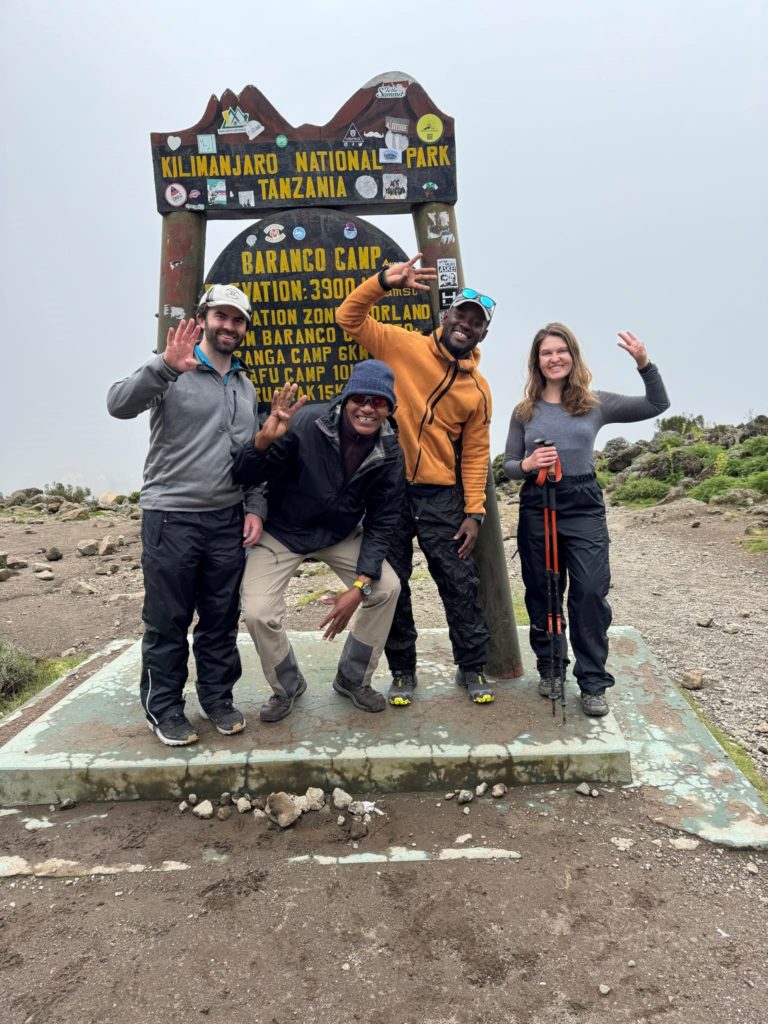
It’s important to select a KPAP company to ensure you’re trekking with an ethical operator. Some companies claim that they follow KPAP guidelines despite not being KPAP members, but you have to wonder why they wouldn’t just apply for membership if that were the case.
There are many risks of trekking with a non-KPAP member, which are articulated well in this Reddit post. But simply, if the company you’re trekking with doesn’t even care about its porters’ lives, how can you trust them with yours?
Consider a Tanzanian-owned and operated company
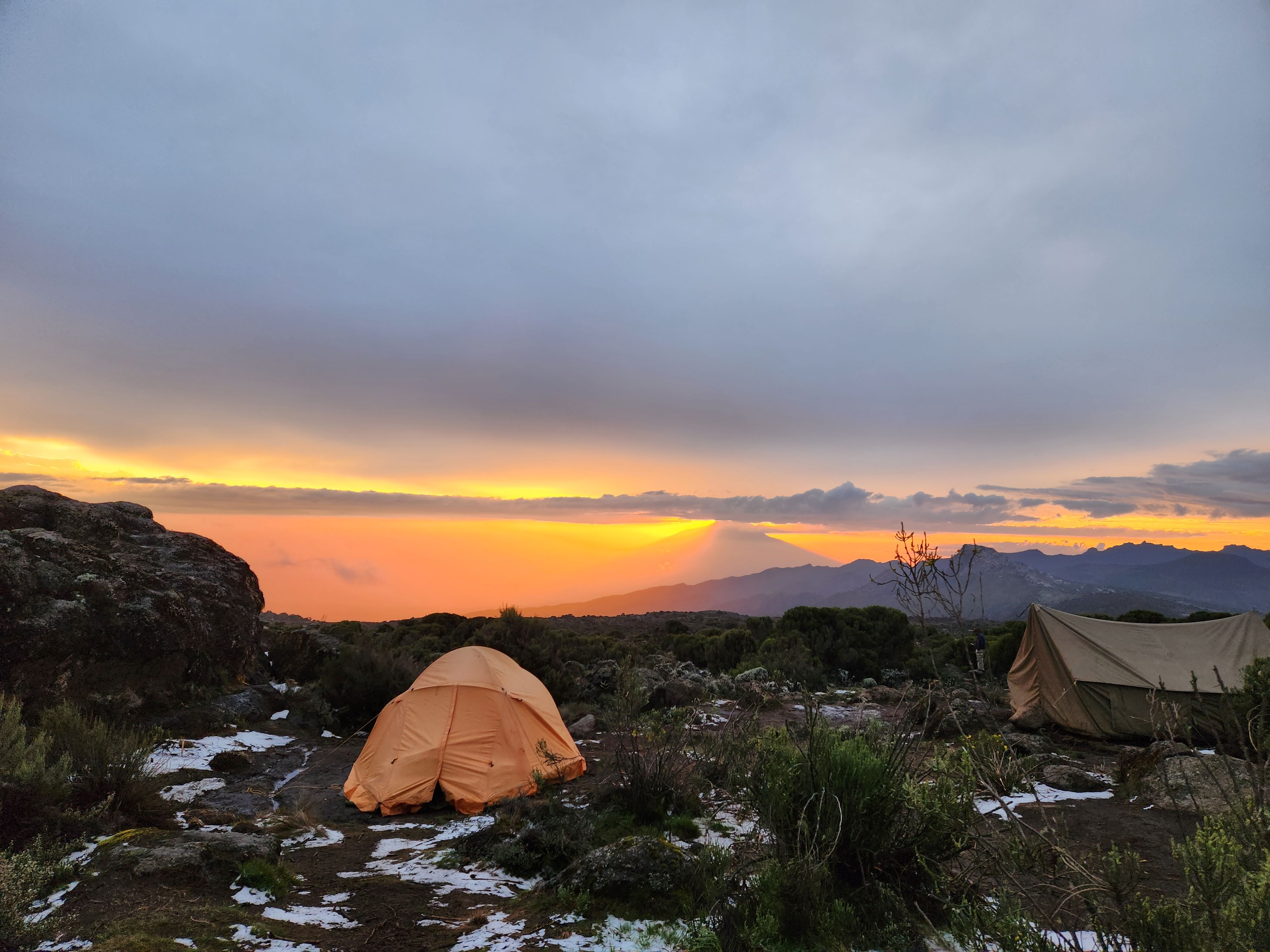
On the KPAP website, you can filter by country. I’ve seen some people say they prefer to trek with US-, UK-, or Australian-owned companies because they are wary of safety standards from other countries.
However, if you’re trekking with a KPAP member, they’ve already guaranteed to meet specific standards. When visiting a foreign country – especially a lower- or middle-income country – it’s important to give back to the community as much as possible.
If you trek with a company owned and operated in Tanzania, you’re maximizing your positive impact on the community. This impact occurs because you’re giving money directly to a company employing 100% Tanzanian employees.
I also know the company I selected also makes an effort to give back to the local community in Moshi. For example, they provide money and resources to local schools.
I don’t know if that’s true of every locally-owned trekking company, but I think it is more likely a local company will maximize community impact. You can ask companies about their community when you reach out to them during your research if it is important to you. Some may also advertise it on their websites.
Determine the route(s) you want to take
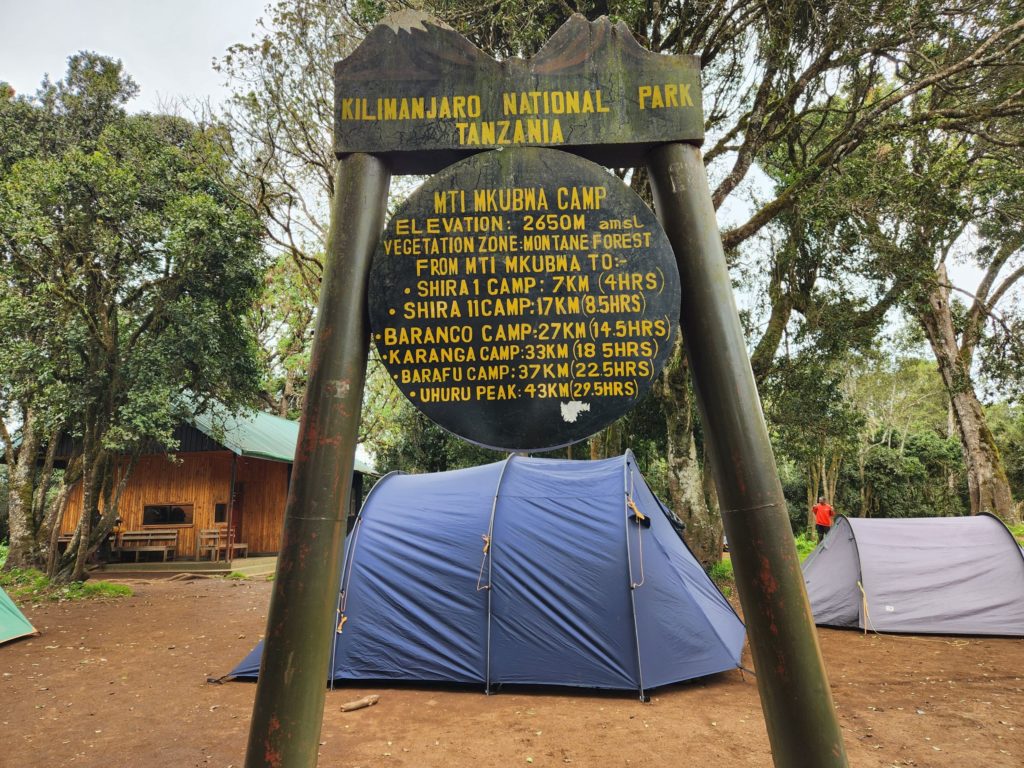
Once you’ve selected the responsible Kilimanjaro tour operators you want to consider for your trek, it’s time to think about your route. There are seven routes you can choose from on Kilimanjaro.
Lemosho Route:
One of the most popular routes for climbing Kilimanjaro, the Lemosho route is typically done in seven or eight days. Trekking companies tend to claim a success rate* of 85%+ on the Lemosho route, with a higher success rate for a longer climb. The Lemosho route is known as one of the most scenic Kilimanjaro routes with diverse scenery. These reasons are all why I chose this route.
Machame Route:
This route is also one of the most popular Kilimanjaro routes, typically done in seven days. It is also considered very scenic, and most companies claim a high (85%+) summit success rate for Machame. I believe nearly every company offers options for Machame and Lemosho route treks. These routes will also be the most crowded during peak season.
Marangu Route:
The Marangu route is also known as the “Coca-Cola route” due to its relatively low difficulty. Marangu is typically done in six days, and trekkers stay in huts rather than camping in tents. This route also skips the Barranco Wall – if you’re not into scrambling. However, this route has a lower success rate due to poorer acclimatization.
Rongai Route:
The Rongai route is also considered lower difficulty as far as fitness is concerned. However, this route also has a lower success rate due to relatively poor acclimatization. You might consider this route if you’re not concerned with altitude and want to avoid the Barranco Wall climb.
Shira Route:
This route is essentially the same as the Lemosho route, but it starts from a higher point on the trail. Instead of starting at the Londorossi Gate and sleeping at Big Tree camp, you take an ATV to just below Shira I camp and start from there. On this route, you’ll miss out on starting the trek in the jungle rainforest and some prime monkey viewing opportunities.
Northern Circuit:
The Northern Circuit is the longest route up Kilimanjaro, with some treks taking 10 days. The length also helps increase the success rate as it provides better acclimatization opportunities than other routes. This route is also considered one of the most scenic because you pass diverse scenery on the mountain.
Umbwe Route:
The Umbwe route is the shortest, steepest and most difficult route up Kilimanjaro, with the lowest success rate. This route is generally not recommended, and you’ll likely have to specifically request it from the trekking company.
(*I personally think the success rates tend to assume you’re listening to your guides’ advice and being honest with them.)
Trekking companies can help you decide among different routes when you reach out to them. Some will also have itineraries for these routes on their websites, which can help you when trying to narrow down which company to select.
Keep in mind that the most popular routes will have the biggest crowds during peak season (July to September).
Figure out your ideal price point
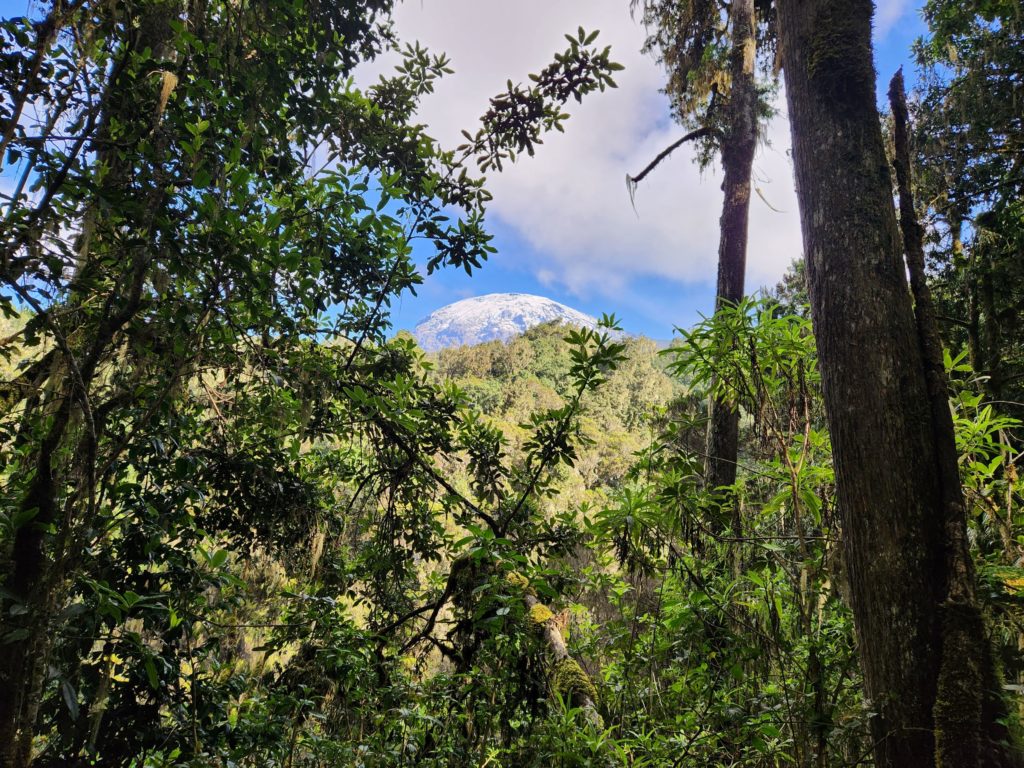
Climbing Kilimanjaro is not cheap – especially if you’re trekking with a responsible Kilimanjaro tour operator. A mid-range price point is going to be between $2,400 – $4,000 per person. The reasons driving this price are the cost of the national park fees for non-East African residents ($70 USD/day/person), and the KPAP guidelines requiring fair wages and an appropriate number of guides and porters.
While this price may seem steep, you definitely don’t want to go with a budget operator. First of all, given the cost of the Kilimanjaro National Park fees, any operator priced under $2,000 is likely not paying their guides and porters well. They are also unlikely to be giving the crew the nutritious food and safe sleeping arrangements they should have when climbing a mountain.
And, if the tour operator is cutting corners in those areas, where else are they cutting corners? As one of our guides said, “Sometimes cheap can be expensive.” This saying essentially means that budget operators are likely not going to be as safe and aware of their clients’ health and safety as more responsible Kilimanjaro tour operators.
Even with the mid- and higher-range tour operators, there are a lot of options and flexibility within your budget. Consider whether you’d rather spend closer to the mid-$2,000s, or if you’re looking to splurge a little bit more.
When budgeting, don’t forget to account for tips for your porters and guides as well, which will come out to around $300-$600 per person, depending on the size of your group and team.
Know your must-have inclusions
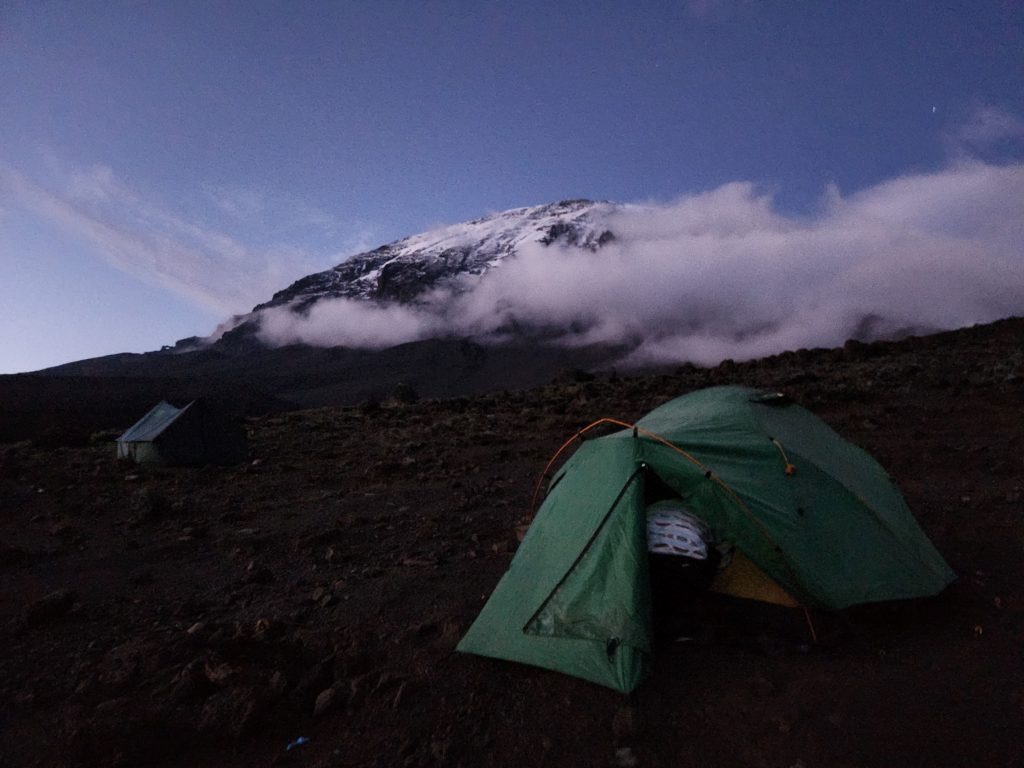
Trekking packages for Kilimanjaro come with different inclusions. From my research, all responsible Kilimanajro tour operators typically include:
- Kilimanjaro National Park fees
- Guides & porters
- Meals (breakfast, lunch, dinner & snacks)
- Tents
- Sleeping pads
- Purified water
- Twice-daily medical checkups
- Emergency oxygen
However, there might be additional amenities you might want on your trek. They might be included or excluded, depending on your company. If any are important to you, I recommend reaching out to the companies you’re considering to ask about them specifically. Examples include:
- Sleeping bags & liners
- Toilet tents
- Shower tents (some higher-budget companies offer them)
- Hotel before/after trek
- Pickup/dropoff at Kilimanjaro National Airport
The inclusion I was most interested in was the toilet tent, which I highly recommend considering. I used one long-drop toilet while on the trail, and it was not a pleasant experience. I was very glad I did not have to use one of those for the eight days I was trekking, especially with the digestive issues that came with the altitude. A toilet tent is also more sanitary, which helps you stay healthy. Perhaps the most underrated aspect, though, is that it gives you freedom to camp farther away from other campers while still being near a toilet, which can make for better nights’ sleep.
The company I chose included a toilet tent for private treks. On group climbs, they cost extra.
Consider whether you want a pre-organized group trek or private climb
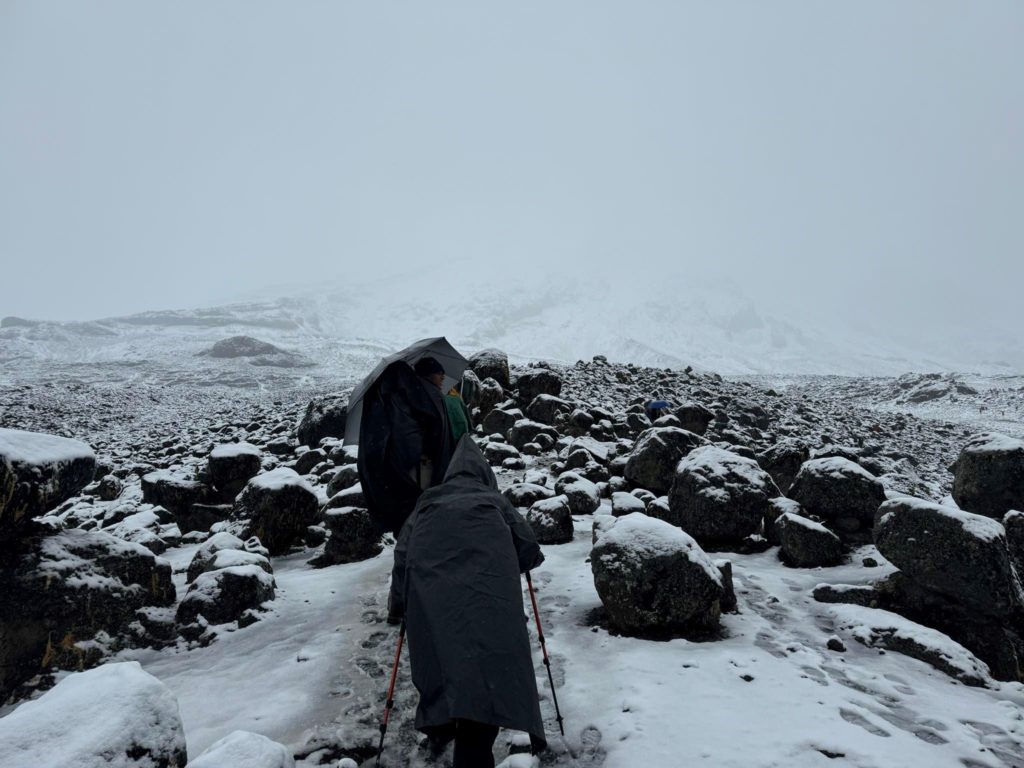
Another consideration for your trekking company is whether you prefer a group vs. private climb. A group climb will typically be cheaper.
Many companies have set dates when group climbs depart, especially on popular routes like Lemosho and Machame. If you’re a bit flexible with your dates, or if you want to ensure you’re trekking with other climbers, a pre-organized group climb is probably what you want. Many companies will also offer special occasion group treks, like New Years and full moon climbs.
If you have more set dates you want to climb, or want to do a less common route, you probably want a private trek. Most companies will allow you to arrange a private trek, then open it up to others to join, which can help save on costs if it turns into a group trek. I’ve also seen people in forums looking for climbs to join, or offering for others to join their climb. I assume there’s more success in this approach during the high season, but we trekked more off-season (January).
Because we had set dates for our trek, I booked a private climb and asked the company to open it to other climbers. However, no one joined, and it turned out to be just the two of us. As I climbed and saw other, larger groups going pole-pole up the mountain, I was glad we were on a private trek. This feeling was especially true on summit night where I was so happy we could go at our own pace.
Think about what you want to do in Tanzania before/after your trek

Some people choose to visit Tanzania just for their Kilimanjaro trek, but I think most people plan to spend additional time visiting the country either before or after the trek. Two of the most popular activities to add to a Kilimanjaro trek are a safari and Zanzibar Island.
Many Kilimanjaro tour operators also offer safari packages. Some of them offer packages for Zanzibar Island as well. Some tourists do Kilimanjaro, a safari and Zanzibar! If you choose to do any of these activities, I recommend scheduling them after your trek so you have time to relax and unwind after your arduous journey.
We spent five days on Zanzibar Island after our Kilimanjaro climb. Our tour operator did offer safaris, but we didn’t have time for a safari and Zanzibar, so we had to prioritize. They did not offer any Zanzibar packages, but I didn’t particularly want a company to book the Zanzibar portion for me. I get a lot of joy out of travel planning, and thought I could do it cheaper and potentially better than a tour operator. Plus, I wasn’t looking to stay at a resort.
I felt like Zanzibar was the perfect place to relax after Kilimanjaro. We spent the first three days on the beach, recovering from our trek and soaking our sore muscles in the healing Indian ocean. Then, we spent two days in Stone Town, exploring the history of the island.
I’m sure a safari is also a lovely option, but I was very glad to have a few days with no schedule and nowhere to be after our trek. Regardless of your choice, consider whether you want a company who can help you schedule all your additional activities, or just the trek.
More on Zanzibar in a later post!
Use my spreadsheet!
As I was researching different options for responsible Kilimanjaro tour operators, I kept a spreadsheet to track everything that was important to me. If you’re interested in seeing it, leave a comment or send me a message, and I’ll share.
Are you considering a Kilimanjaro trek?
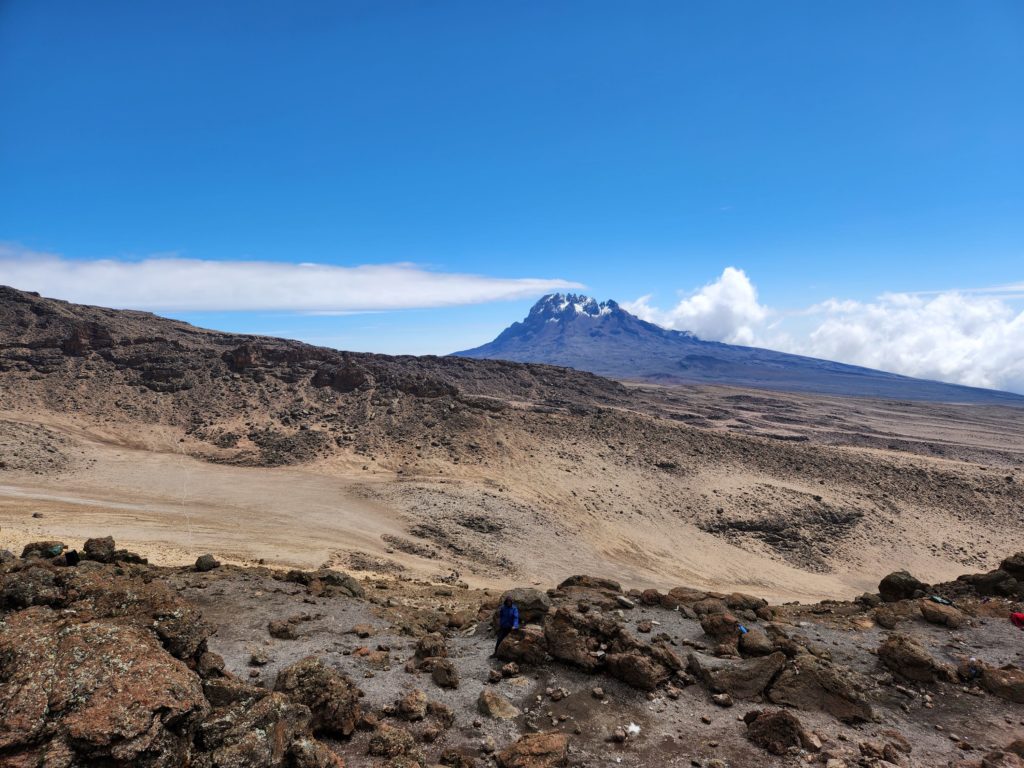

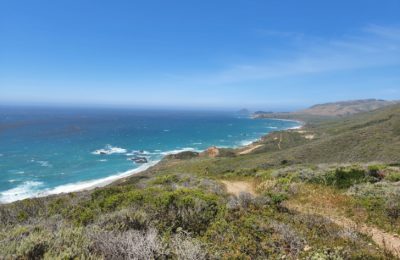
One thought on “How to Select a Responsible Kilimanjaro Tour Operator”